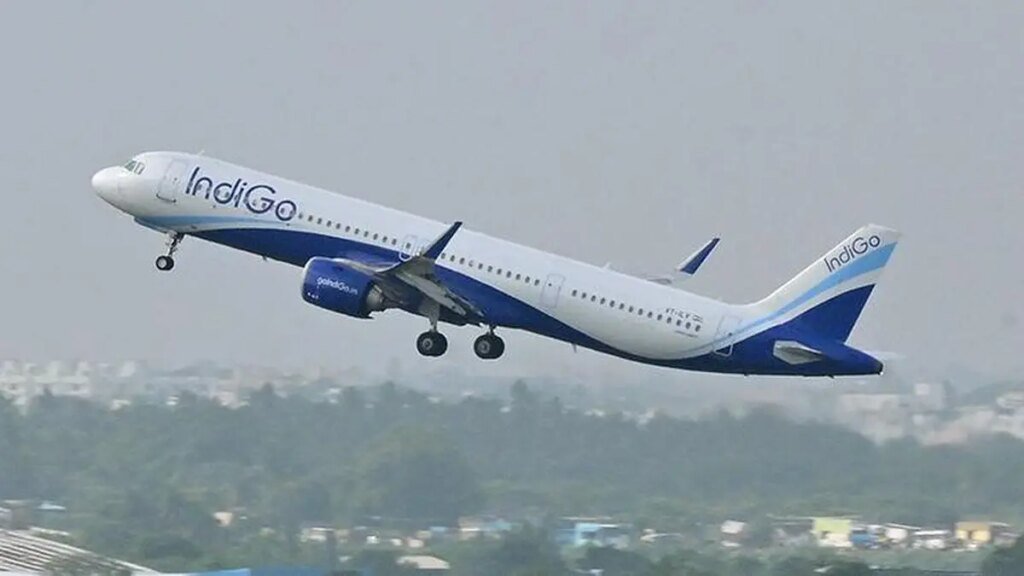Smart farming on leveraging technology to empower Indian farmers

Indian agriculture is undergoing a seismic shift in 2025, driven by innovative technologies that make farms smarter, more productive and resilient to the stresses of population growth and climate change. This article synthesizes recent news, studies and official reports to explore how technology is empowering Indian farmers, with reference links throughout.
Precision agriculture goes mainstream
The year 2025 signifies a critical milestone in Indian agriculture as precision farming moves from experimental stages into mainstream adoption. Precision agriculture tailors farm inputs such as irrigation, fertilizers and pesticides that are at a micro-plot level, ensuring resources are optimally utilised, reducing waste and significantly improving crop yields.
Industry projections indicate that by 2025, over 30 per cent of Indian farms will adopt high-precision agriculture technologies. This widespread adoption promises to reshape agricultural productivity, enhance yield accuracy, improve sustainability and support the nation’s food security objectives
Artificial intelligence and machine learning on the farm
The integration of AI and machine learning is perhaps the most significant force reshaping Indian agriculture. AI-powered advisory platforms analyse massive datasets (weather, soil, crop health) and send personalized recommendations on what to plant, when to irrigate, what disease to watch out for directly to farmers’ smartphones.
AI-led transformation is evidenced by optimized input use, improved financial health and a noticeable reduction in farmer debt.
Drones, satellite imagery and remote sensing
High-resolution satellite imagery enables real-time farm monitoring, assisting in accurate yield estimation and environmental impact analysis. Several companies provide these advanced services through user-friendly mobile apps, making precision agriculture accessible to farmers. By leveraging satellite and drone technologies, agriculture is becoming more data-driven and sustainable, supporting better decision-making and resource management across diverse farming operations
Mobile apps, Ee-marketplaces and digital platforms
Digital platforms, mobile apps and e-marketplaces are revolutionizing Indian agriculture by bridging crucial gaps in credit, advisory services and market linkages. Mobile-based advisory services, such as Kisan Suvidha, deliver localized information, including weather updates, pest alerts and price forecasts in multiple regional languages, enabling farmers to make timely and informed decisions. E-marketplaces are empowering farmers by connecting them directly with buyers, significantly reducing their dependence on intermediaries and ensuring they receive fairer prices for their produce.
This digital empowerment is becoming widespread, with over 60 per cent of Indian farmers using mobile apps by 2025 to access information and market opportunities. The integration of digital tools marks a significant step forward in India’s journey toward a modern, technology-driven agricultural landscape.
Blockchain, geospatial and digital twin technologies
Blockchain technology is revolutionizing agricultural supply chains by enhancing transparency and traceability, which helps open new export markets and builds greater consumer trust. This technology ensures that each step of the supply chain is recorded securely, reducing fraud and improving accountability. Alongside blockchain, Geographic Information Systems (GIS) and remote sensing technologies play a crucial role in precision land mapping, accurate disaster prediction and more effective disaster response, thereby safeguarding crops and livelihoods.
Government and policy support
Much of this technology, once limited to large farms, is reaching smallholders through low-cost devices, local-language apps and collaborative government initiatives such as the Digital Agriculture Mission launched in 2024.
Launched in September 2024 with an outlay of ₹2,817 crore, India’s Digital Agriculture Mission aims to integrate advanced technologies such as AI, IoT, blockchain and geospatial data at scale. A key initiative under this mission is the development of ‘Agristack,’ a comprehensive digital repository containing farmer profiles, land records and crop advisories. The mission also seeks to foster public-private partnerships and support the growth of agritech startups. Through an aggressive push for digitization, direct benefit transfers to farmers and focused research and development on climate-smart crop varieties, the government is setting the foundation for scalable, data-driven farming that promotes sustainability and resilience in Indian agriculture.
Challenges and the road ahead
Despite rapid advancements in agricultural technology, India continues to face significant challenges in fully realizing the potential of precision and smart farming. One of the primary hurdles is the upfront cost of technology. Affordable and user-friendly tools are essential for widespread adoption among farmers, especially smallholders who often operate under tight financial constraints. Targeted subsidies and financial support can play a critical role in overcoming this barrier.
Despite these challenges, there is optimism that continued reductions in technology costs, strong government support and a vibrant agritech startup ecosystem will help India overcome these obstacles in the near future. There are already inspiring success stories demonstrating the impact of modern technology on Indian agriculture.
A tech-driven green revolution
Smart farming in India is not a distant dream rather it is a reality in motion, led by the synergy of AI, IoT, remote monitoring, digital access and climate-smart biotech. With over a quarter of all farms leveraging advanced technology by 2025, India is on its way to a more resilient, sustainable and prosperous agricultural future.
The transformation is visible in farmers’ increased incomes, reduced wastage and a heightened ability to withstand climate uncertainties. As adoption accelerates in the coming years, smart farming holds the promise of empowering millions of Indian farmers, making India’s food system more secure and sustainable for future generations. The collaboration between technology providers, policymakers and the farming community will be pivotal in realising the full potential of this agricultural revolution.
The author is CEO and Co-Founder of Agrifields.
Published on September 28, 2025




